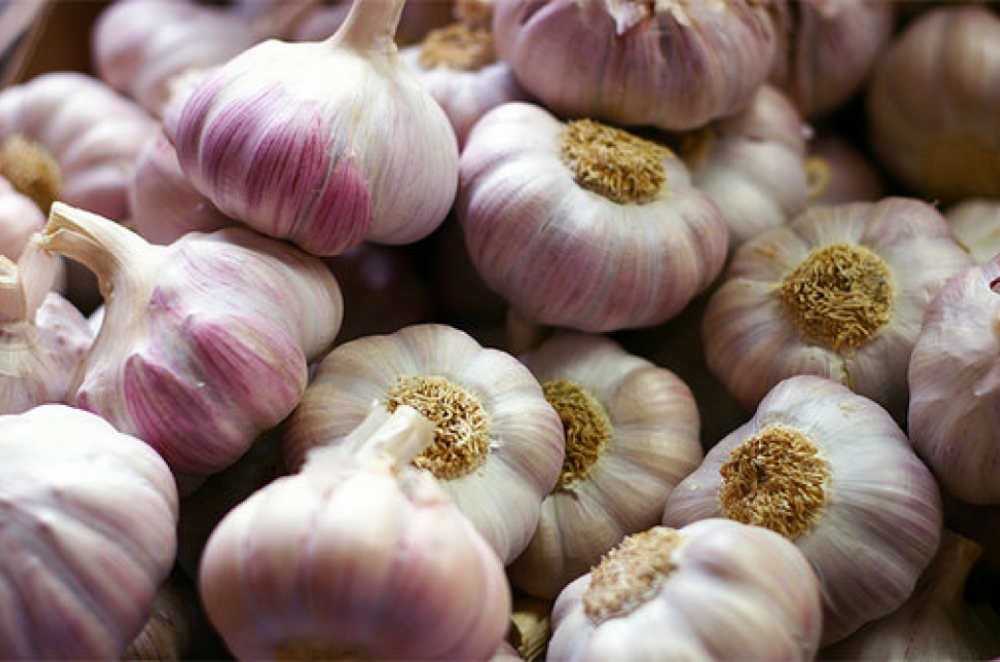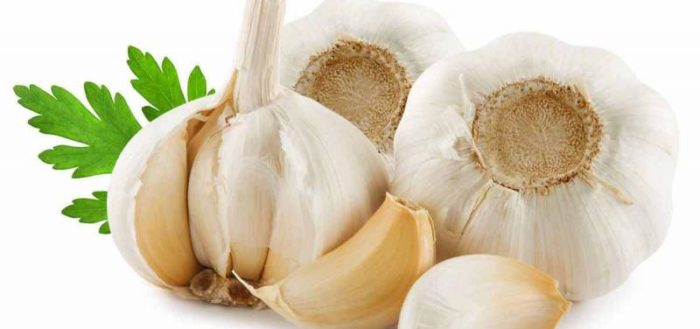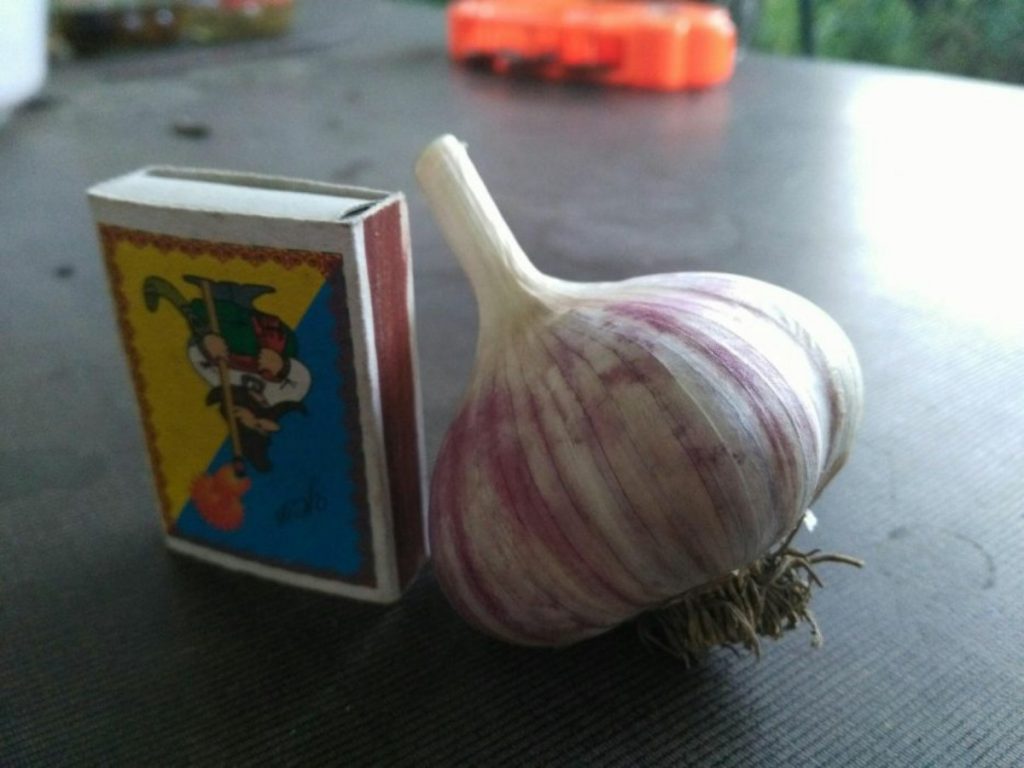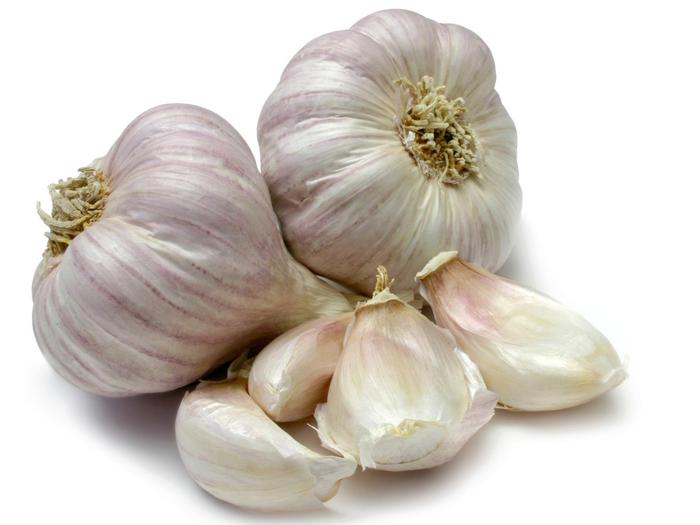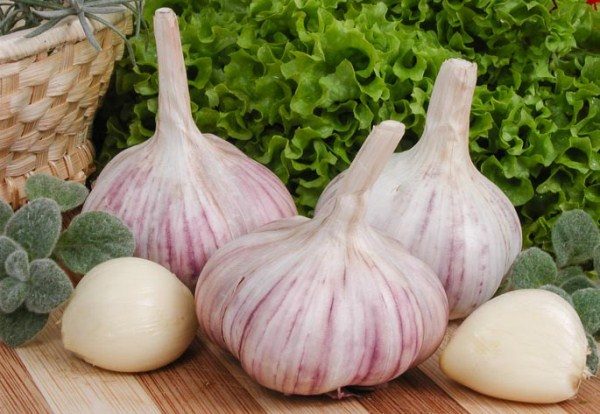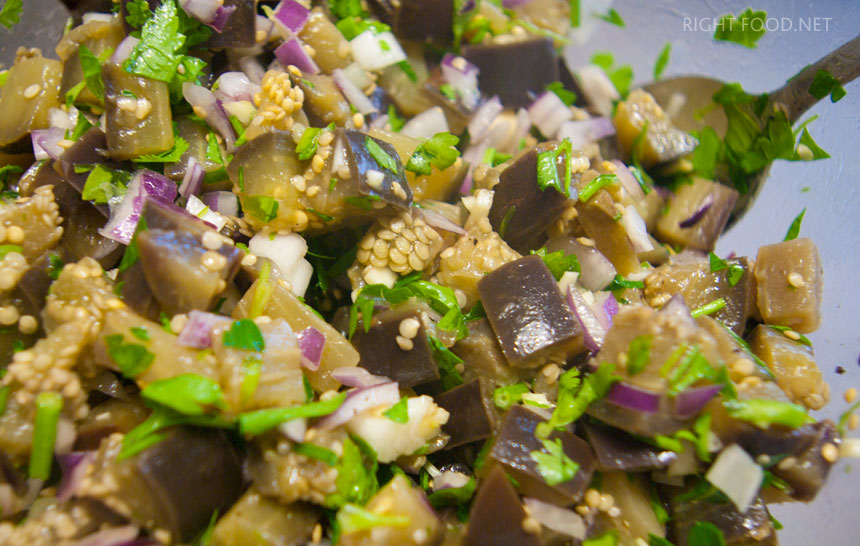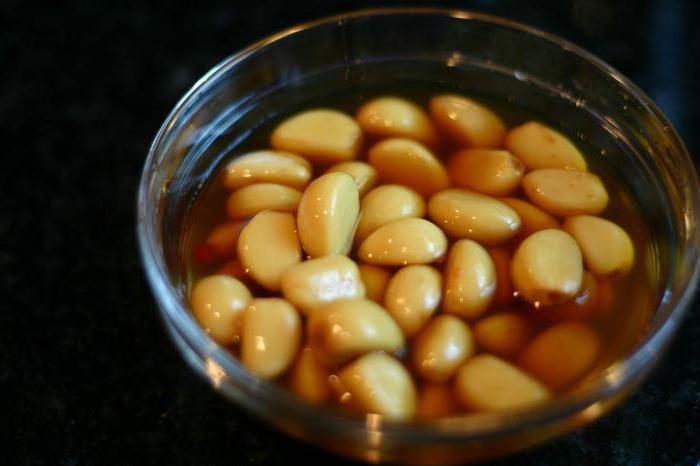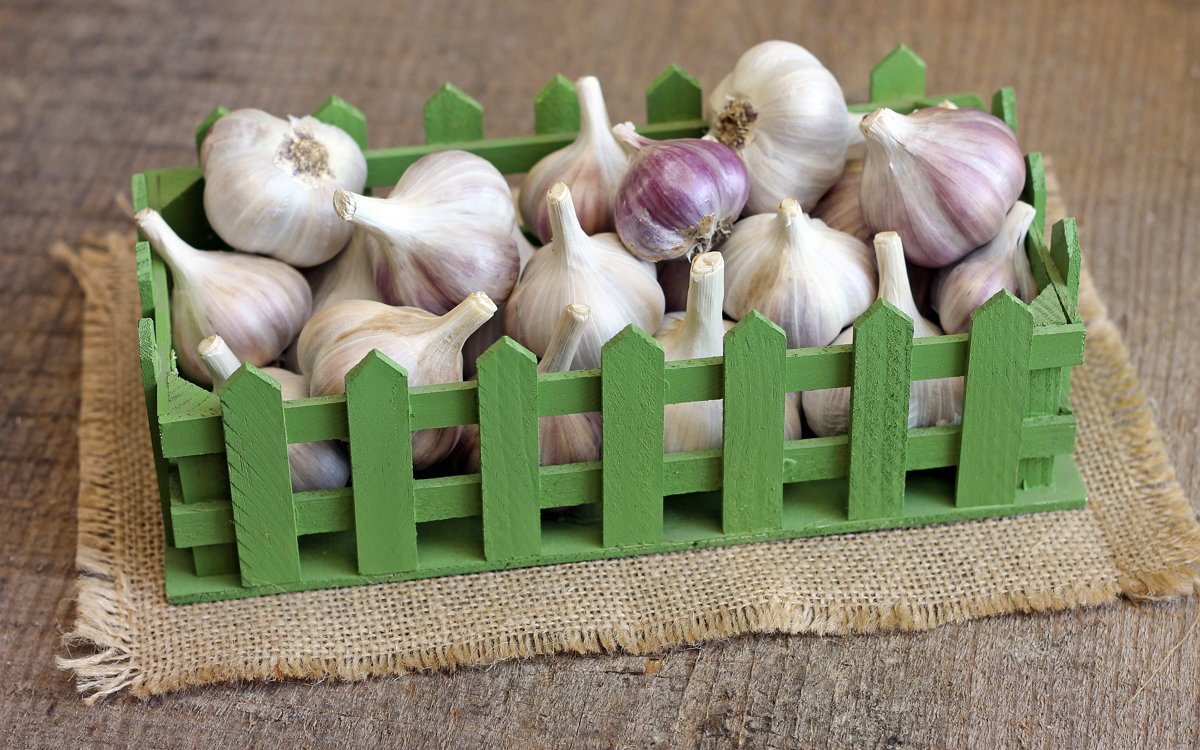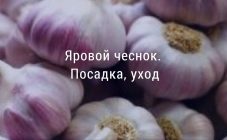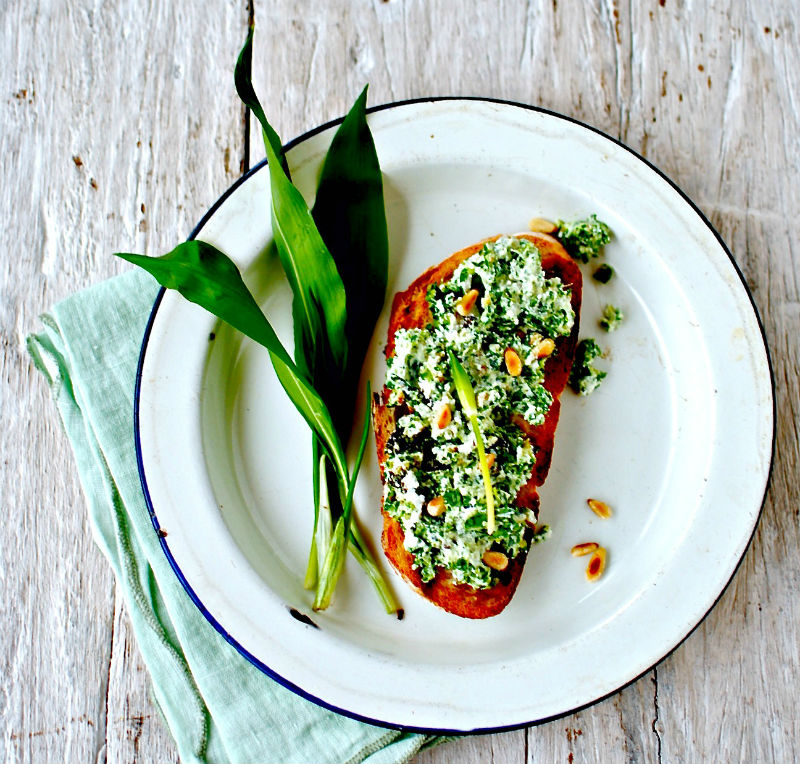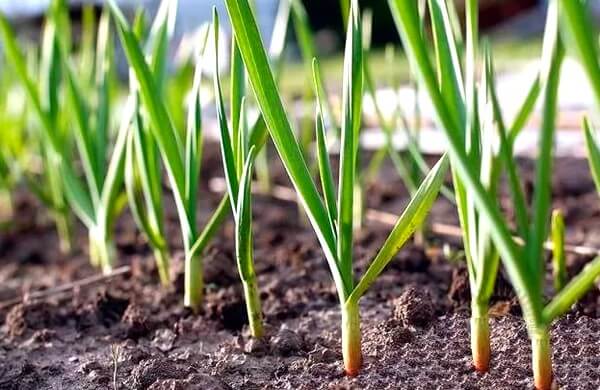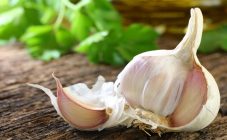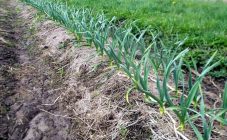Content:
Today it is difficult to imagine a home garden without leafy garlic. Scope of application:
- nutrition;
- cosmetology;
- ethnoscience;
- fight against garden pests.
Description of culture
Depending on life expectancy, perennial, biennial and annual crops are classified.
Garlic is a herbaceous spicy perennial species of the genus onion. Some gardeners are interested in: is garlic a vegetable or not. Undoubtedly, this is a vegetable crop. Belongs to the subfamily Allioideae (onions). What family does garlic belong to? The plant belongs to the class of monocotyledonous plants, the family of garlic - Amaryllidaceae (amaryllidaceae). Garlic used to be a part of the independent, and now liquidated family Alliaceae (onion).
In Latin it sounds like alium, the specific epithet is sativum, which means sowing garlic.
People call garlic differently:
- a watchmaker;
- stinking rose;
- onions and garlic;
- will stand;
- garden garlic;
- sick.
Every summer resident is familiar with the description of garlic. Vegetable growth ranges from 40 cm to 1 m or more. The erect, grooved leaves of garlic have pointed tips. Peduncle length varies from 0.5 m to 1.5 m. The plant has an umbrella-shaped inflorescence. The fruit is a capsule. Wild garlic, which grows in warm weather conditions, is propagated by air seeds, or bulbs. In the northern regions of Russia, varieties of garlic are grown that do not produce seeds.
The vegetable has a thick round part of the stem, which is in the ground in the form of a bulb with fibrous roots.
Cloves of various weights are a head of garlic. The question of how many lobules are in the bulb sometimes causes difficulties for vegetable growers. Sometimes there are up to 50 of them.
Bulb weight is determined by:
- variety;
- agrotechnics of garlic;
- dressing.
An average onion weighs from 40 to 60 g. The denticles look elongated, like a crescent, covered with a shell of various tones:
- white;
- pinkish purple;
- light yellow;
- dark purple.
Vegetable propagates vegetatively. Before planting, use an onion that has been disassembled into cloves, as well as air bulbs.
They are engaged in the cultivation of garlic in open or sheltered beds.
You can buy planting material in specialized stores or order it on the website with mail delivery.
Curious facts about garlic
The history of growing garlic is characterized by many interesting facts:
- Garlic is the oldest culture in the world. The vegetable was first mentioned in Russia in the 1st century AD, thanks to traders from Byzantium.
- In ancient Rome, before the operation, patients drank garlic juice mixed with wine and poppy milk. The drug is protection against sepsis.
- In ancient Egypt, garlic was used to enhance the performance of slaves who built pyramids. Failure to receive garlic seasoning for the meal caused a riot.
- In most Asian countries, garlic is included as a spice in national cuisine.
- You can get rid of the pronounced smell of garlic with parsley, sunflower seeds or a glass of milk.
- In popular belief, dried garlic heads are considered a proven remedy for vampires and evil spirits.
- In America, the name of popular culture is the metropolis. Chicago is the native language for wild garlic.
- A charity garlic festival is held annually in the United States to help sick children in need of treatment.
- The public catering establishment in San Francisco is called "Garlic" and stands out for its spicy dishes. The restaurant's trademark is garlic ice cream. Tasting an amazing dessert will make your visit to the establishment unforgettable.
Species variety of garlic, varieties
There are more than 70 types of garlic. Differ they are characteristics:
- terms of ripening;
- storage;
- yield.
Spring varieties
Distinctive features of spring garlic:
- lack of a core in the middle;
- arrangement of cloves in a spiral: decrease in size when approaching the center;
- difference in denticles in shape and size;
- does not have arrows.
Popular representatives relate:
- Yelenovsky. Mid-season, with round whitish bulbs, which weigh up to 50 g. The color of the lobes inside is pink. Resistant to phyto-diseases. Distinctive features are the yield of garlic and frost resistance.
- Victorio... High-yielding, mid-season, with white-yellowish flat-round heads. Resistant to fungal infections and parasites.
- Ershovsky... Mid-season, fruitful, with rounded, slightly flat bulbs. Intense green feathers are up to half a meter long. The round head contains 16-25 cloves, which are distinguished by their density and relatively sharp taste. Disease resistant. Preservation of properties - within 7 months.
- Gulliver. Medium late, fruitful, with a light round bulb. Little susceptible to pests and diseases.
- Sochi 56... Mid-season, fruitful, with round, slightly flat bulbs, white or purple in color. The shade of the teeth is pink with a purple tint. Immune to disease.
Winter varieties
Visually easy to identify by:
- the location of the rod inside the bulb;
- circular placement of cloves;
- similar lobules;
- high yields;
- arrows with small onions.
Popular varieties:
- Dobrynya... Late, fruitful variety. Large onions do not have a pungent taste and are suitable for fresh consumption. Not susceptible to phyto-diseases, excellent storage.
- Lyubasha. Tall culture - up to 120 cm. Distinctive properties of garlic: drought resistance, winter hardiness is higher, in comparison with Dobrynya, immunity to diseases. The round head is slightly flat. The color of the husk is white with purple streaks. It stands out for its sharp taste, suitable for canning.
- Sofievsky... Withstands severe cold, but picky about heat and light. It grows up to 70 cm. The teeth are large with a violet sheath, the head weighs about 100 g. It is not affected by the nematode. The taste is moderately spicy.
- Dubkovsky... High-yielding, good storage. Medium trunk, spicy taste. The mass of a small head is about 50 g.
- Alcor... Yielding, excellent storage. The bulbs have a pink color, the cloves are grayish. The length of the leaves reaches 1 m. Susceptible to yellow banding.
Arrow-going varieties
Shooted garlic has a sharper taste, higher yield, better preservation until spring, compared to non-shooted species. Allocate:
- Gribovsky jubilee. Mid-season winter variety.The bulb is medium large with a lilac-reddish husk. Resistant to disease. Keeping quality is good.
- Scythian... A frost-resistant, disease-resistant variety. The bulb has a gray shell with purple veins and creamy teeth.
- Gribovsky 60... Early ripening, cold-resistant and drought-resistant variety. The head is medium with a white-violet color. It is not affected by viruses and microbes.
- Hermann... The cone-shaped rounded head, the color of the scales is white-lilac, the teeth are cream. The shelf life is up to 8 months. Resistance to bacterial and fungal pathologies.
- Large-toothed Kiseleva... Early ripening variety not susceptible to phyto-diseases. Average head weight - almost 80 g, attractive, spicy to taste. Long storage period.
Non-shooting varieties
Popular with consumers are:
- Moskovsky... Mid-season variety, excellently preserved. The taste is not very spicy, the tone of the shell is light, the teeth are white. Almost 2.5 kg is the harvest of Moscow garlic from 1 are.
- Aleisky... Mid-season variety. Rounded heads remain until spring. The garlic bulb is small, about 17 years old, with 18 cloves that have a spicy taste. Susceptible to fusarium and bacterial rot.
- Abrek. It is similar to the Moscow one, but the bulb is slightly larger and weighs about 30 g, the number of cloves reaches 15 pieces.
- Gafurian. The middle head weighs about 40 g. The shape is round, slightly flat. Not susceptible to rot. Sometimes it is affected by peronosporosis.
- Odessa 13. Distinguish between winter and spring. The color of the husk is white, sometimes with purple stripes. Storage - until spring.
Giant garlic
Refers to a winter shooting variety. The leaf width is from 5 to 7 cm, the length ranges from 59-62 cm. Smooth foliage is grooved at the top, and keeled at the bottom. Each next feather grows from inside the tube of the previous one and turns out to be higher than it. Thus, a false stem with 11 or 13 leaves is formed, which reaches a height of 45 cm. From the inside of the tube of the last leaf, an arrow grows, which blooms, but does not give seeds due to the sterility of the flowers. Breaking off the arrows in time helps to increase the yield by increasing the size of the bulbs.
Large cloves of garlic weigh 20-30 g, the bulb from 240 to 300 g. The weight of special specimens of giant garlic is half a kilogram or more. Children grow on the roots of the head, they are also under the integumentary membrane of the bulb. From 1 head get at least 15 and at most 28 pieces. They are characterized by:
- large size;
- round shape with a truncated side;
- pointed tail.
Famous varieties:
- Rocambol... Grown in Russian regions. Sometimes the dimensions of the plant reach 1.5 m. The weight of the head of a huge garlic is striking - 1.5 kg. The seeds do not ripen, up to 40 cloves are formed under the scales of the bulb, which are suitable for planting. The bulb has up to 6 cloves. Rocumboll's taste is not very sharp. First mentioned in the seventeenth century.
- Degtyarsky... Spring mid-season variety. The foliage is light green, up to 37 cm long. The head is round, consists of 18 cloves with white-reddish scales. It has a semi-sharp taste.
- Komsomolets. Winter, going to the arrow, mid-season, cold-hardy. Flat-round head with a spicy taste.
- Alekseevsky. Bulb weight - 250 g. Not affected by phyto-diseases, stored for a long time.
- Petrovsky... Sounds like Komsomolets. Not susceptible to disease.
- Orlovsky... Spring, does not shoot, weighs more than 100 g.
Properties of garlic: benefits and harms, contraindications
The vegetable contains:
- fats - 3%;
- proteins - 17%;
- carbohydrates - 80%.
Nutritional value - 149 kcal per 100 g of product.
Garlic is a source of vitamins and minerals. AT the chemical composition of garlic contains vitamins:
- ascorbic acid and riboflavin;
- thiamine and niacin;
- retinol and pyridoxine;
- folic and pantothenic acid.
You can find trace elements in garlic:
- calcium and phosphorus;
- iodine and silicon;
- selenium and sodium;
- silicon and magnesium.In addition, among chemical components:
- flavonoids and alcohols;
- hydrocarbon radicals and glycosides;
- organic substances and acids: silicic, phosphoric, sulfuric.Garlic has beneficial effects:
- expectorant and anti-inflammatory;
- diuretic and anti-sclerotic;
- antiseptic and anti-febrile;
- antimicrobial and antihelminthic.
Information about the benefits of garlic dates back to the 3rd century BC. This is mentioned in the Tibetan recipe. Our ancestors understood how important a vegetable culture is for health and what healing properties it has. Garlic is not replaceable when:
- strengthening immunity;
- the battle with colds and scurvy;
- pain relief.
Researchers Proven Effectiveness the use of a vegetable for the following pathologies:
- bacterial viral infections;
- abnormalities of the cardiovascular system;
- neoplasms and their prevention;
- hypertension;
- blockage of blood vessels and thromboembolism;
- helminthic parasites;
- avitaminosis;
- decreased male potency;
- liver dysfunction;
- changes in the joints.
This list is incomplete. Garlic is prized in alternative medicine. The composition of many folk remedies is based on the healing properties of the plant. Therefore, it has survived to this day and is a valuable raw material for medicines. It is used not only as a medicinal, but also as a food culture. The vegetable is used in cooking to cook:
- salads;
- seasonings;
- cutlets;
- soups.
Garlic is eaten both raw and dried.
In addition to the beneficial properties of garlic, it is advisable to take into account contraindications:
- ulcer of the duodenum and stomach;
- pancreatic disease;
- cardiac disorder;
- liver and kidney problems;
- cholecystitis;
- anemia;
- epilepsy;
- pregnancy;
- lactation.
Pest control
Garlic doesn't often get sick. Phyto-diseases are harmful - rotting of the bottom or rot of the entire bulb. The development of the disease continues during the maturation of the garlic. The disease will not appear in the northern regions, in contrast to the southern regions, where conditions are favorable: the air temperature is + 28 ... + 32 ° C. Sometimes the peduncle softens and deteriorates. Root causes:
- acidity and waterlogging of the soil;
- pathogens that live in the scales of teeth or in the ground.
Copper-containing agents are used:
- Oxyhom and Hom;
- copper sulfate and Polykhom.
The solution is prepared in a 10: 1 ratio: from a 10-liter bucket of liquid and a tablespoon of the product, the consumption is at least 2 liters of the mixture per 1 m of the garden. The preparations are suitable for disinfection of the planting material within 15 minutes.
From harmful insects, garlic is attacked by a nematode. In small plantings, the garlic head becomes the object of attention of the onion fly. Nematode likes a vegetable, so they don't plant strawberries and garlic together, despite the recommendations. There is no effective cure for nematodes, they are saved from pests by observing crop rotation. They fight other parasites with Fitoverm insecticide, as well as Healthy Garden.
If the leaves of garlic turn yellow, then the reasons are:
- nitrogen deficiency in the soil;
- lack of moisture or waterlogging;
- deepening of garlic cloves by 7 cm or more during planting;
- increased acidity of the earth;
- defeat of garlic with white and basal rot, yellow dwarfism, onion fly.
So that the garlic plantings do not turn yellow, they are processed:
- Zircon or Epin;
- potassium permanganate;
- table salt: for 10 liters of liquid 3 tbsp. l .;
- potassium sulfate: 1 tsp for 1 liter of water;
- urea: 30 g per 10 liters of water;
- wood ash: 1 kg is poured with hot liquid, infused for 3 days.
Pickled garlic recipes
Compliance with the rules of agricultural technology and garlic care will allow you to harvest a good harvest.
In onion husks
You will need dried onion skins, which will give the vegetables a golden hue and a pungent flavor.
Marinade pouring for 1000 g of garlic:
- water - a glass (250 ml);
- sugar - 2 tbsp. l .;
- 9% vinegar - 100 ml;
- salt - 1 tbsp. l .;
- bay leaf - 3 pcs.;
- cinnamon - 5 g;
- allspice - 3 peas.
Technological process:
- The bulbs (4 pcs.) Are peeled, the husks are carefully washed and dried.
- The heads are divided into teeth and cleaned. Pour with a steep pitch, leave to cool. Immersed in cold water.
- Place in jars, stirring with onion husks.
- Pour in the marinade, roll up the containers. Put the garlic in the refrigerator or cellar for storage.
- Ready to use after 7 days.
Homemade garlic
It takes little time to prepare such garlic.
Components:
- garlic - 1 kg of garlic;
- celery and mustard seeds - 1 tsp each;
- salt - 4 tsp;
- lavrushka - 2 pcs.;
- vinegar - 0.5 l;
- sugar - 8 tbsp. l.
Technological process: all components are boiled in a saucepan for 3 minutes. Next, the garlic is transferred into a bowl and poured with a marinade composition. Sterilized and rolled up.
Fast procurement
Ingredients:
- 1000 g of garlic;
- 4 things. bay leaf;
- 1 PC. sweet pepper;
- 1 tsp. salt, dried oregano and black pepper (peas);
- 100 ml of vegetable oil, vinegar (9%).
Technological process: garlic cloves are cleaned, pepper is cut into cubes and placed in dishes. Salt and spices are added. Pour vinegar and oil. Cover the jar with a plastic lid and refrigerate.
Garlic is a unique vegetable that has received widespread recognition for its taste and health benefits.
